My current (Nikon) gear, and how it evolved
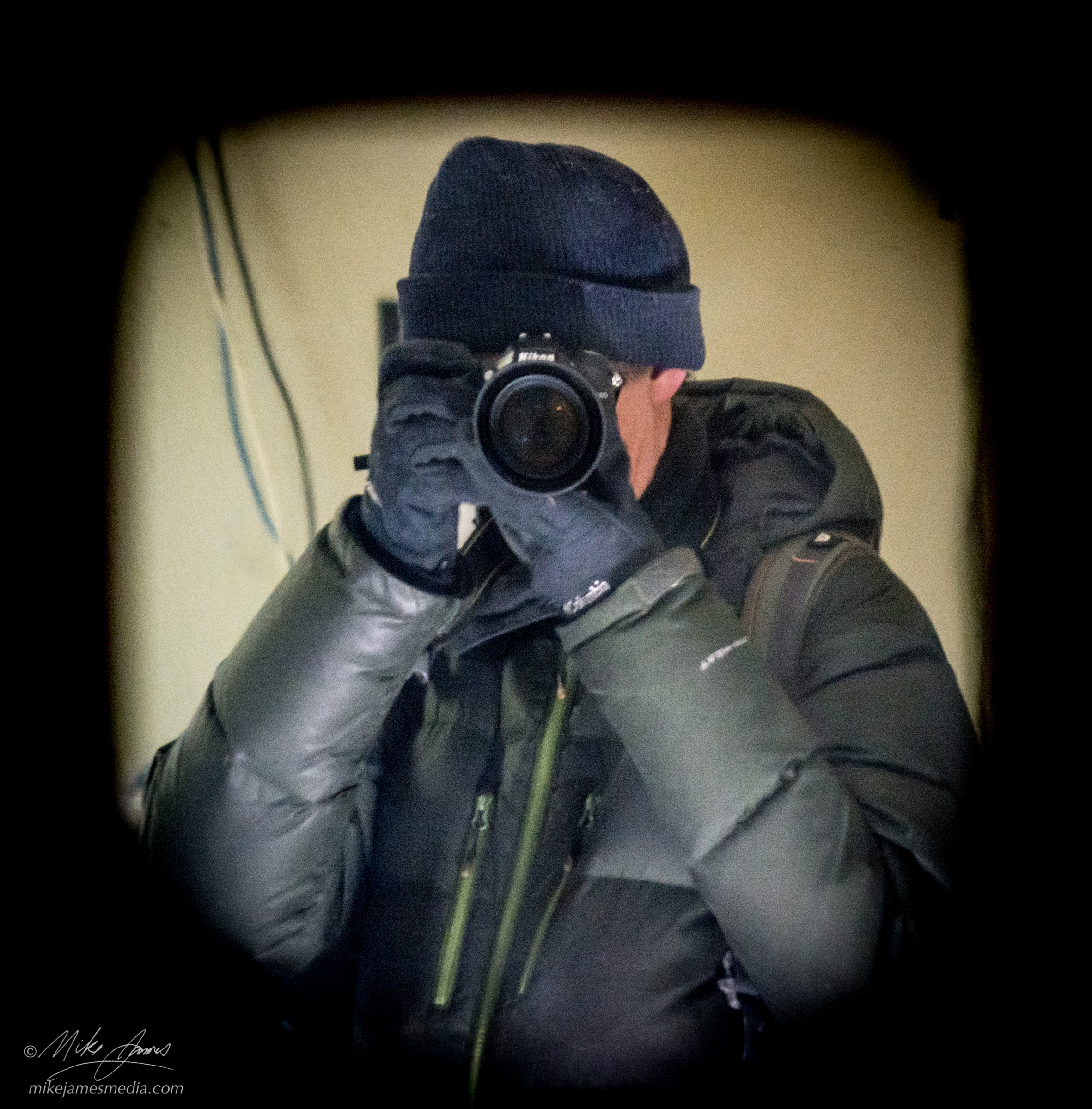 Having been away from DSLRs for a few years, I decided in late 2015 to get back into more serious photography. I sold and traded my Nikon film gear for a basic digital kit including a Nikon D7100, 50mm f/1.8 lens, polarizer, ND filter, Nikon SB-28 speedlight, and tripod. (all used, but in excellent condition) I shot several thousand still images, time-lapse sequences in both daytime and night, and a small amount of video. After shooting every day for a few weeks, I felt confident with the gear, and also felt like the one-lens approach was forcing me to think. (a good thing) I'd already been using Lightroom and Photoshop for my 3D work and other image handling, so editing RAW files was nearly second nature.
Having been away from DSLRs for a few years, I decided in late 2015 to get back into more serious photography. I sold and traded my Nikon film gear for a basic digital kit including a Nikon D7100, 50mm f/1.8 lens, polarizer, ND filter, Nikon SB-28 speedlight, and tripod. (all used, but in excellent condition) I shot several thousand still images, time-lapse sequences in both daytime and night, and a small amount of video. After shooting every day for a few weeks, I felt confident with the gear, and also felt like the one-lens approach was forcing me to think. (a good thing) I'd already been using Lightroom and Photoshop for my 3D work and other image handling, so editing RAW files was nearly second nature.
The decision to start with the D7100 has proved to be a smart one. It has great dynamic range, the ISO performance I need, and it’s DX field of view is great for those times when I could use the “extra reach” provided by that setup. I’ve shot macro, landscapes, people, nature, cityscapes, night photography, air shows, museums, etc., in weather that went from hot and sunny, to -20F, in light rain, and in snow, all with quite pleasing results. (I intend to keep the D7100.) This time around, I was determined to concentrate on the classic principles of good photography, instead of rather blindly buying a "bag of gear", and so to instill a bit of discipline in myself, I shot with nothing but the 50mm f/1.8 lens for the first 5 months I owned this camera. I bought it in November of 2015, and didn't buy the first of the other lenses above until March of 2016.
I didn't have the money to go out and buy a large amount of equipment all at once. So, I planned on getting the other lenses and accessories I wanted, over the period of about a year. If you're in a similar situation, I hope that some of my thinking below can help you find what you need at the right price.
I knew I’d eventually want to upgrade to a full-frame (CMOS "full-frame", or “FX”, in Nikon lingo) camera body, so I was careful to buy all FX lenses, which could be used on both camera bodies. (The one exception being a used 10.5mm DX lens, which a friend sold me at a great price.) I also found a used Nikon SB-28 speed light, which I can use off-camera with the very small, inexpensive “FlashQ” wireless triggers. The friend who sold me the D3X (below) gave me his SB-28 as a hugely-appreciated gift, so now I can do two-flash lighting setups. I can also slave one of the SB-28s to the other optically. Adding a polarizer, ND filter, tripod, etc., completed a good basic kit.
Nikon is a manufacturer that cares about the reality of shooting photos in less then ideal weather. When I'm geared-up (photo at right) for shooting the night winter skies, or shooting in the spring rain here in Anchorage, I don't want to have to worry constantly about my gear. Nikon cameras (especially their pro and semi-pro line) are tough, dependable, and have controls that can be operated easily while wearing gloves. I've used the equipment mentioned below in temperatures from zero degrees (Fahrenheit) to the high 90s, and in both snow and light rain, with no failures.
Gathering the lenses took a year. I traded for several of them, and bought the others used, when an especially-good deal came along. If you're patient, and you're watching your favorite camera gear sites, a great deal will eventually surface. Don't miss it!
Lenses I'm currently using:
Having a D810 body, (shown below) along with the D7100 body makes it like having twice as many lenses.
- Nikon Nikkor 20mm f/1.8 G ED (30mm equivalent field of view on the D7100)
- Nikon Nikkor 50mm f/1.8 G (75mm equivalent field of view on the D7100)
- Nikon Nikkor 85mm f/1.8 G (127.5mm equivalent field of view on the D7100)
- Tokina 100mm f/2.8 AT-X M100 AF Pro D Macro (150mm equivalent field of view on the D7100)
- Nikon Nikkor 24-70mm f/2.8 G ED , non-VR zoom (36-105mm equivalent field of view on the D7100)
- Nikon Nikkor 70-200mm f/4 G ED VR zoom (105-300mm equivalent field of view on the D7100)
My search for a great FX (full-frame sensor) camera body:
My reasons for wanting a full-frame body are the usual ones. I wanted to stick with 24 megapixels or larger, wanted even greater dynamic range, and wanted to have a platform to use all of my (FX) lenses in their non-cropped mode. Although I appreciate high-speed shooting, and also video, neither of those features are huge requirements for my photography, so they didn’t dominate my thinking. (If I need to shoot video, the D7100 will do that.) The same goes for extremely high ISO performance. I rarely have a need to shoot over ISO 1600.
During late 2015 and into 2016, I shot about 10,000 frames with the D7100, and spent a lot of time online, catching up with camera reviews, specs, etc., trying to make the judgement on what full-frame camera body was smartest for me. (and affordable) I was expecting a long-overdue payment for some past work in late 2015, and decided that somewhere between $1500 and $2000 would be the top amount I could qualify spending on this new body.
Narrowing down the choices…
If you’re familiar with Nikon’s line during this timeframe, including the various prices for used equipment, you know that the Nikon bodies in that price range would be a new D750, new D500, used D810, a used D3/D3s/D3X, or (rarely) even a D4. I’m not a megapixel chaser, in general, but around 24 megapixels seems to be a good amount for the photos I shoot, so right away, I eliminated the 12-megapixel D3 and D3s, and the 16-megapixel D4. That left me with a choice between the 24-megapixel D750, 20-megapixel D500, 36-megapixel D810, and 24-megapixel D3X. I eliminated the D750 pretty quickly, because although it has a high published dynamic range, it has been known to have other “issues”, and I felt that I could do better, for about the same price. This left the D500, D810, and D3X to compare.
Specs versus real life…
Pros always caution that while spec sheets of any kind can be informative, it’s risky to make decisions “blind”, based only on them. One of the key things that most manufacturers gloss over these days is the actual RAW performance. Since I shoot exclusively in RAW, this matters to me. As it turns out, the onboard signal processing that modern cameras do has wonderful effects on reducing the noise and color artifacts in JPG images. When you look at the actual RAW files however, these advances aren’t so obvious. In my opinion, the ONLY way to analyze the photo quality from a digital camera is to look at untouched, out-of-camera RAW files. Those are much harder to come by, but really do provide more realistic proof of what a camera can do. Otherwise, you're comparing software, and/or someone's skill at using that software, and not the camera itself.
If you shoot RAW, you’re doing at least some minimal processing of your images. With that being the case, one stop of dynamic range from one camera to another is not a deal-breaker for me. Likewise, most of us are concerned with “noise”, and we’d like to eliminate as much of it as possible. Or… If the noise can’t be eliminated, at least it should be “nice” noise. (film grain-ish, and not “splotchy”.) With all four of my remaining camera choices having good noise performance in the ISO ranges I mostly use, there was no deal-breaker there either, among the contenders.
The D500:
There's always a tradeoff between dynamic range and ISO performance, and the D500 is clearly optimized for speed, (XQD card, 20 megapixels) and better dynamic range at higher, rather than lower ISO values.) Everyone seems to agree that it’s overall performance is quite good, it shoots 4K video, and it’s spec sheet contains all the current popular buzz words. However, as I noted above, high-speed shooting, high ISO performance, and video are not a big part of my photographic needs. Finally, it’s a DX (crop sensor) camera, and I’m already quite happy with the D7100. So, if I had picked the D500, it would’ve meant having two DX bodies, or perhaps trading in the D7100, for features I really didn’t need. I therefore eliminated the D500, leaving the D810, and D3X to compare.
The D810, compared to the D7100 and D3X:
In all the important “picture quality” cases, the D810 is the clear winner. (That’s why I wanted one!) I agonized over this, because at the time of my decision-making, Photokina 2016 had come and gone, and it didn’t look like there would be a D810 replacement coming immediately, which could have made the existing used prices (around $2200 to $2400, as of October, 2016, plus memory cards) drop to within my maximum budget. I decided to wait on purchasing a D810, at least for a while.
The D3X:
According to the the data on the various "graphs and charts" sites on the net, the D3X has about the same dynamic range as my D7100, but has a slightly better signal-to-noise ratio, a slightly better tonal range, and slightly higher color sensitivity. Since I'm already quite happy with the D7100's results, these are all positives.
Of course, you’re much better off if you can get the item in your hands and test it for your needs. In this case, a good friend who is a pro photographer had a D3X, in immaculate condition, with only 9000 shutter clicks on it, which he was willing to sell at a crazy low price. And importantly, he was willing to loan it to me, so I could shoot it myself and see the results.
Here’s where having the actual camera to test makes all the difference. First, consider that the D3X was nearly $8000 when it was announced in 2009. Like the D3 and D3s, it’s all-magnesium chassis is built like a tank, heavily weather-proofed, and has a shutter life expectancy of 300,000 cycles. Since the one I could buy was in virtually perfect condition, and had only 9000 shutter clicks, I knew that it would probably outlast me. The owner was also including two compact flash cards, two batteries, the charger, a remote with intervalometer, and a case that holds all those items… all for $1500. (!) Given what I found in my own testing, (below) I’d be an fool to pass on this opportunity.
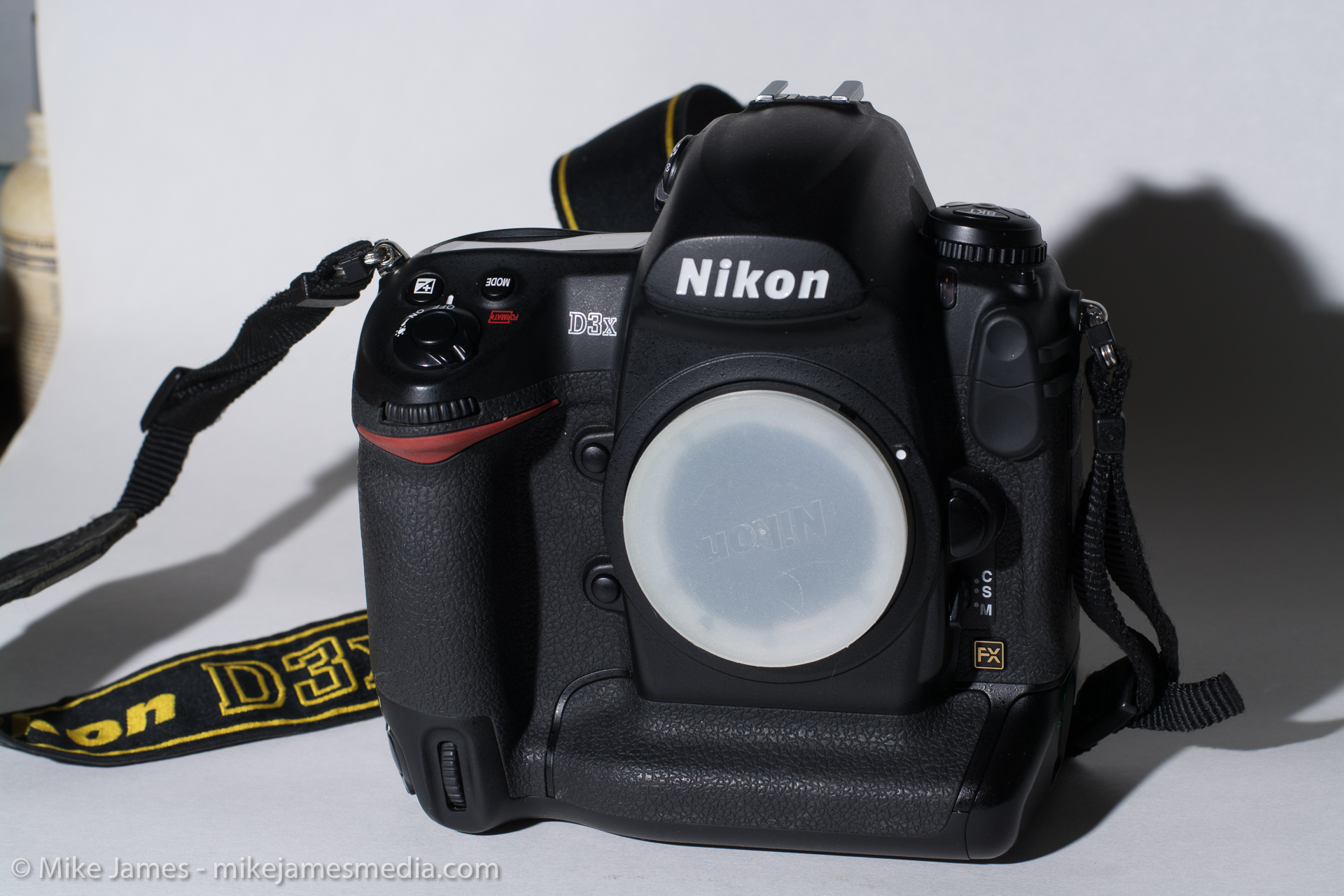
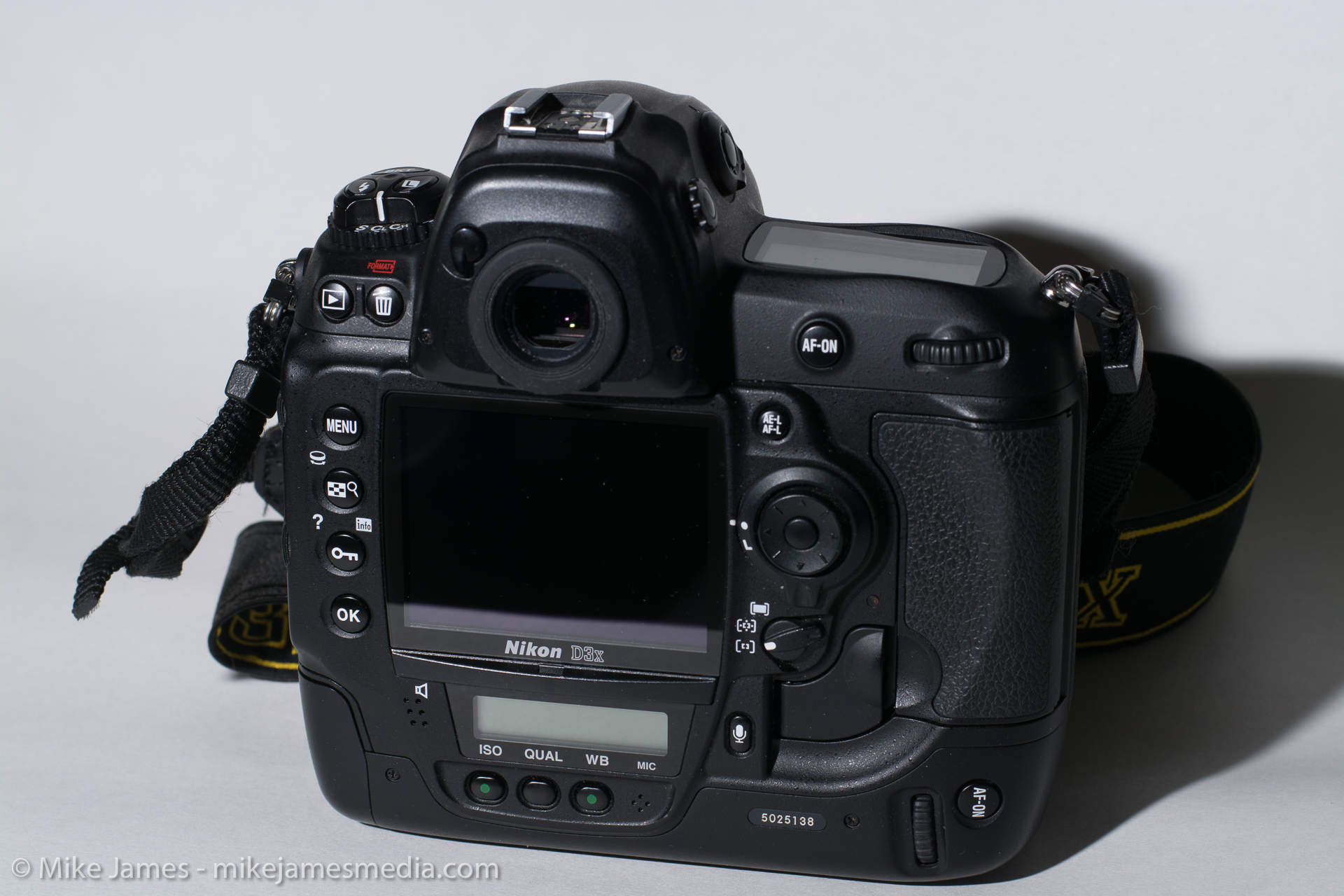
What about the D3X image quality?
At ISO values between 100 and 1600, I would put the 24-megapixel images this camera produces up against any modern 24-megapixel camera, and not feel the least bit worried about them looking inferior. It’s really that simple. At the time I wrote this, I had shot about 1000 images total, (now over 3000) to test the camera, at all ISOs, and intentionally shot in conditions (i.e. backlit) to try and make it produce bad results. I also shot some basic astrophotography, long exposures, time-lapse sequences, etc., and never found anything that bothered me.
One other note... On most modern cameras, we understand that the extreme high ISO values are usually noisy. I don't know precisely how the software works, but on the D3X, the "extended low" ISO, which goes down to 50, looks great. I've used it in bright light, to reduce depth of field or decrease the shutter speed, and I've used it for night photography, with great, noiseless results in both cases. So, I see no disadvantage to using it.
Other research “proof”…
I make my living doing 3D modeling work, on mostly aviation/aerospace projects, and have a Lightroom library with about 25,000 research images. I filtered them using “D3X”, and had a close look at those images, then went online to various forums and user groups, to have a look at more. Looking carefully at my shots, other amateur shots, and many pro shots, I became convinced that the quality of images this camera produces easily stands up today. Consider that most of the "famous" photos you've already seen have been done with cameras of the past. Yes, we always want more dynamic range or whatever, but "older" cameras, including film cameras, are certainly not inherently inferior. The proof is already hanging in art galleries around the world.
A few of my own test shots:
All of the photos below were shot in 14-bit RAW, lightly processed in Adobe Lightroom, and exported as JPGs for this page. (usually, only small contrast and clarity adjustments) If anything more radical had been required, that would've been an argument to NOT buy this camera. Noise reduction, both in-camera, and in Lightroom, was turned off, to show worst-case scenarios here. The images below are reduced in size to fit browser windows, but if you drag them to your desktop, you can view them at 1920 pixels wide.
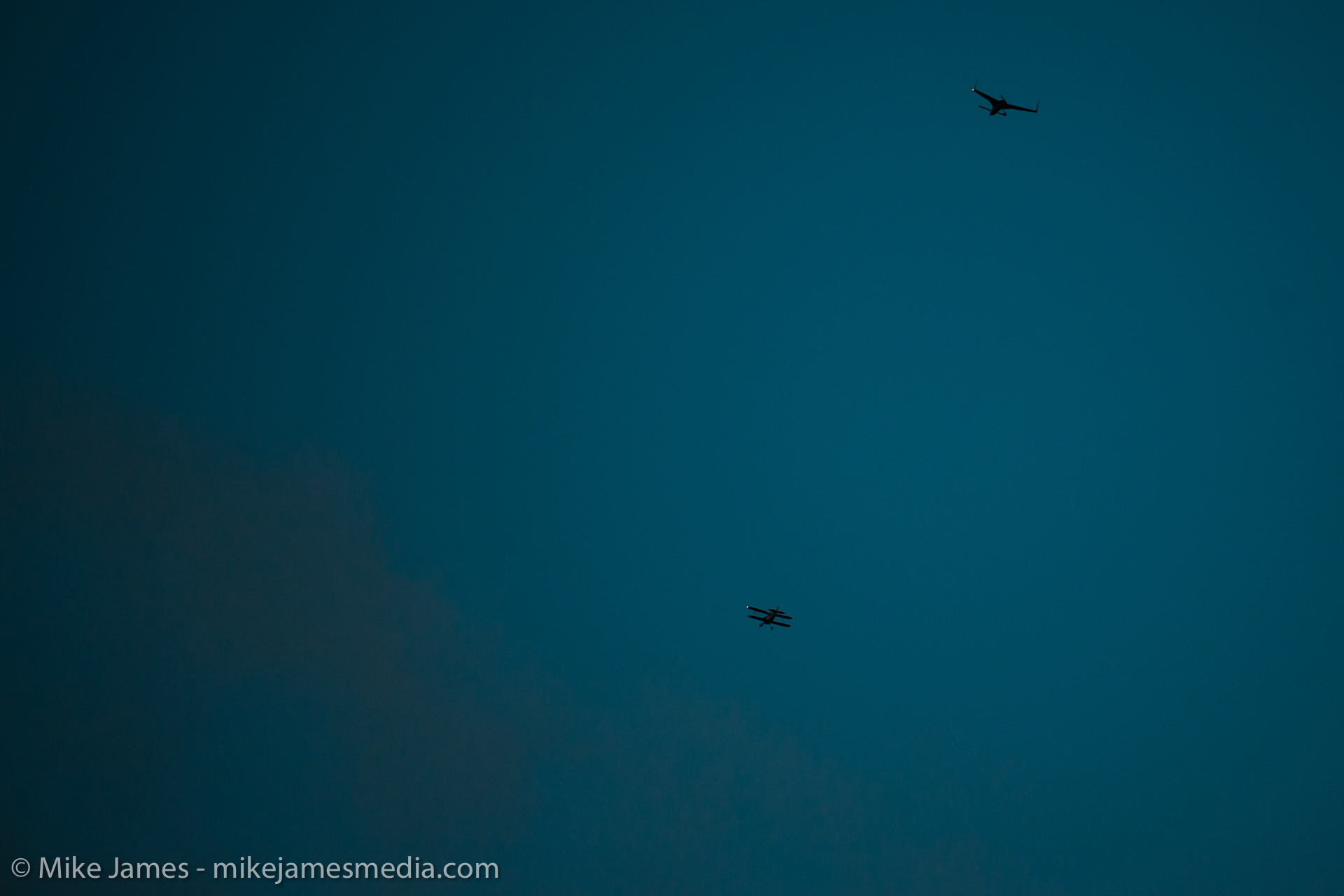
Above - ISO 800 - 70-200mm f/4 VR lens at 200mm, 1/1250th at f/4
Aircraft photo above at dusk, resulting in what I think of as a "classic Nikon look".
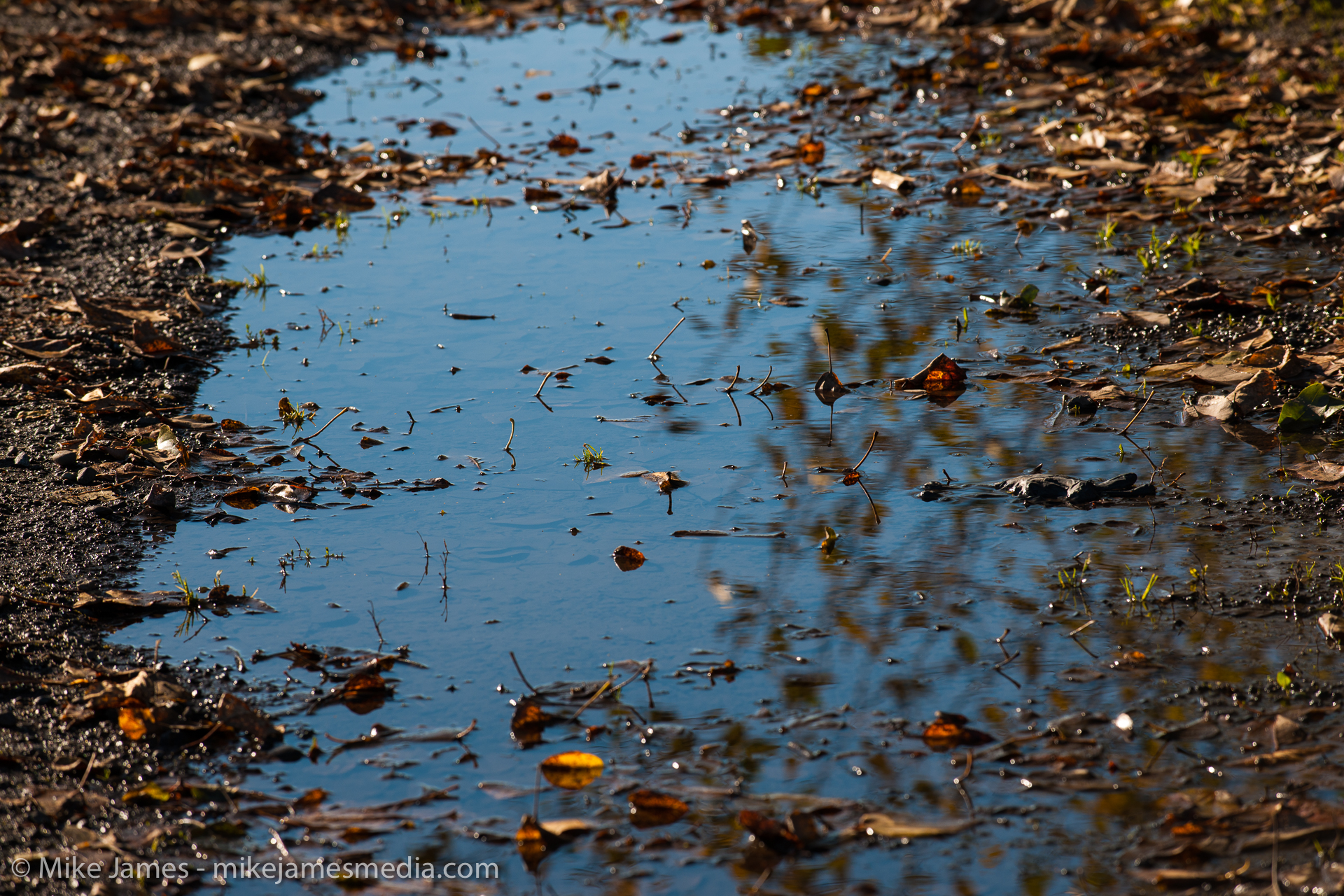
Above - ISO 100 - 70-200mm f/4 VR lens at 200mm, 1/3200th at f/8
Fall leaves - Another classic Nikon look, almost like Kodachrome, and barely touched in Lightroom.
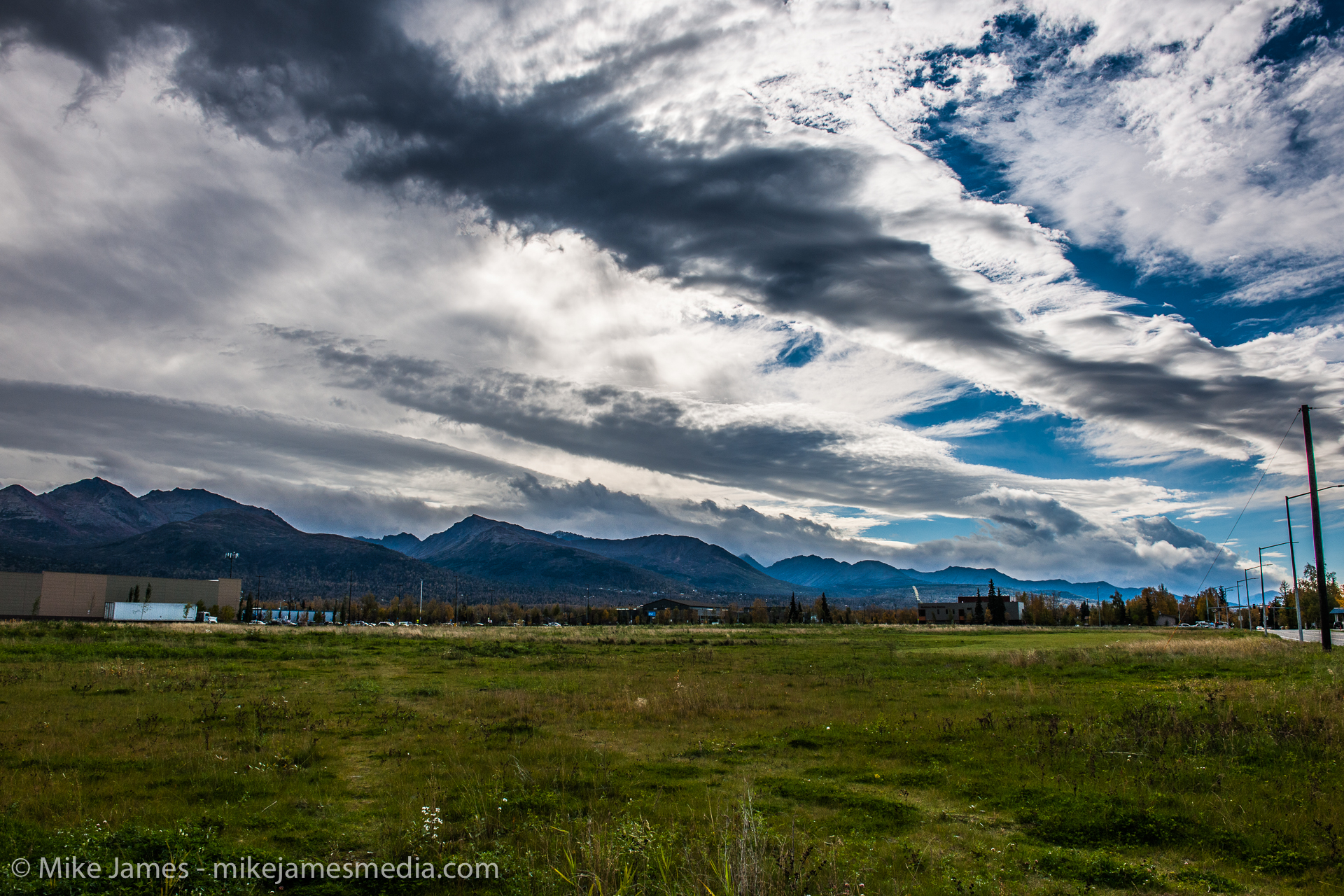
Above - ISO 100 - 24-70mm f/2.8 (non-VR) lens at 28mm, 1/1250th at f/8
The shot above was exposed for the sky, and then the shadow areas were brought up over 2 stops in Lightroom.
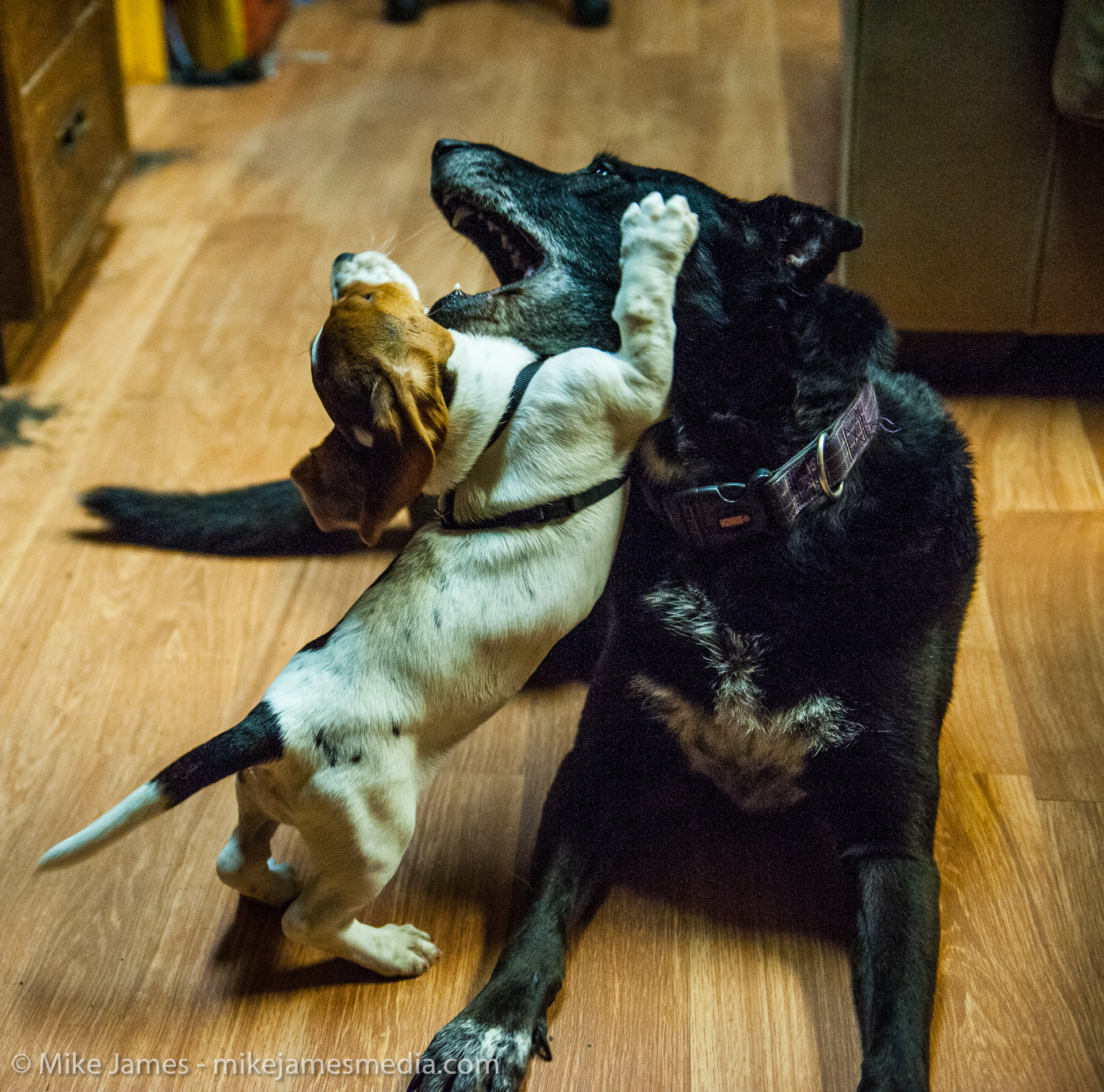
Above - ISO 1600 - 24-70mm f/2.8 (non-VR) lens at 48mm, 1/60th at f/2.8
The photo above (cropped to 1:1) is an example of well-behaved luminance noise. (Remember, noise reduction, both in-camera, and in Lightroom is turned off, to show a worst-case scenario here.) If you magnify this image, you'll see the noise, (ISO 1600 with no flash) especially in the shadow at the bottom of the black dog's chest, but at normal viewing sizes, (smaller than 1:1) the noise doesn't detract from the image at all. (And... It's easily removed in Lightroom, if required)
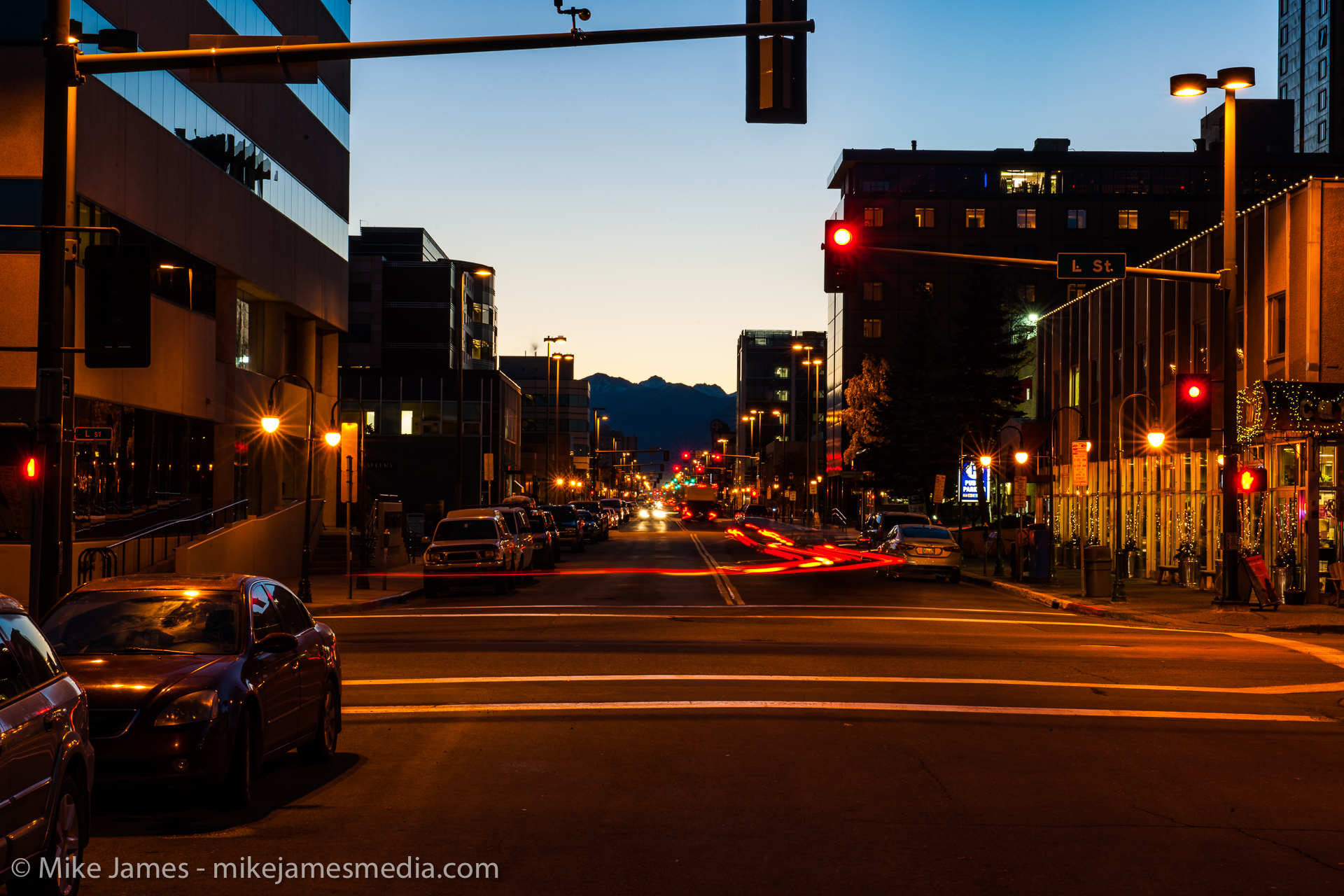
Above - ISO 50 - 24-70mm f/2.8 (non-VR) lens at 70mm, 8 seconds at f/22
The photo above, shot just before sunrise, in early October of 2016, shows the results at the other end of the ISO range, using the "Low 1" extended base range of ISO 50. This 8-second exposure is very high quality, and shows virtually no noise. I'd use this extended low ISO without hesitation, any time.
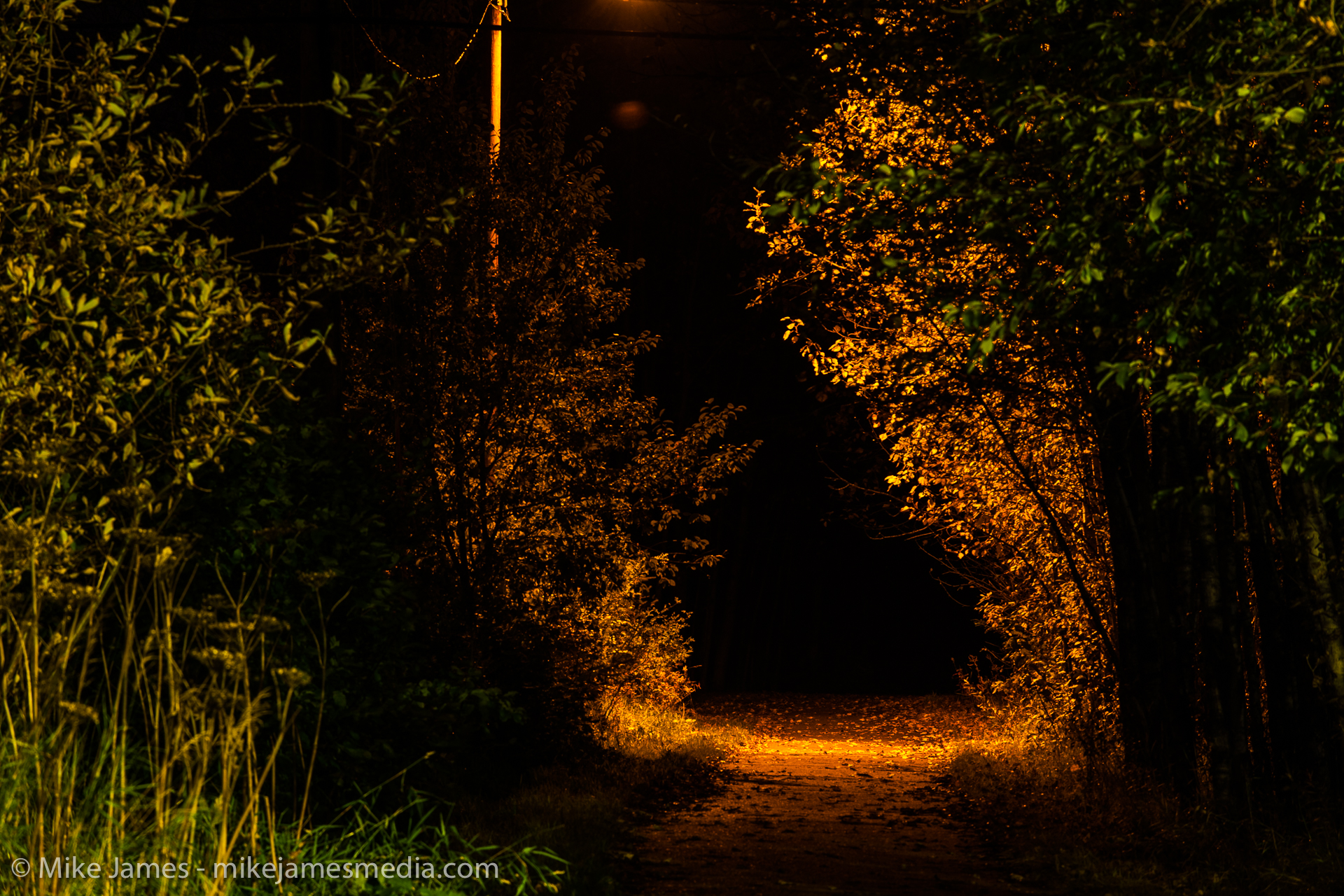
Above - ISO 100 - 70-200mm f/4 VR) lens at 200mm, 20 secs. at f/11
Above - This was shot at night, at ISO 100, and shows no noise whatsoever, even with a 20-second exposure.
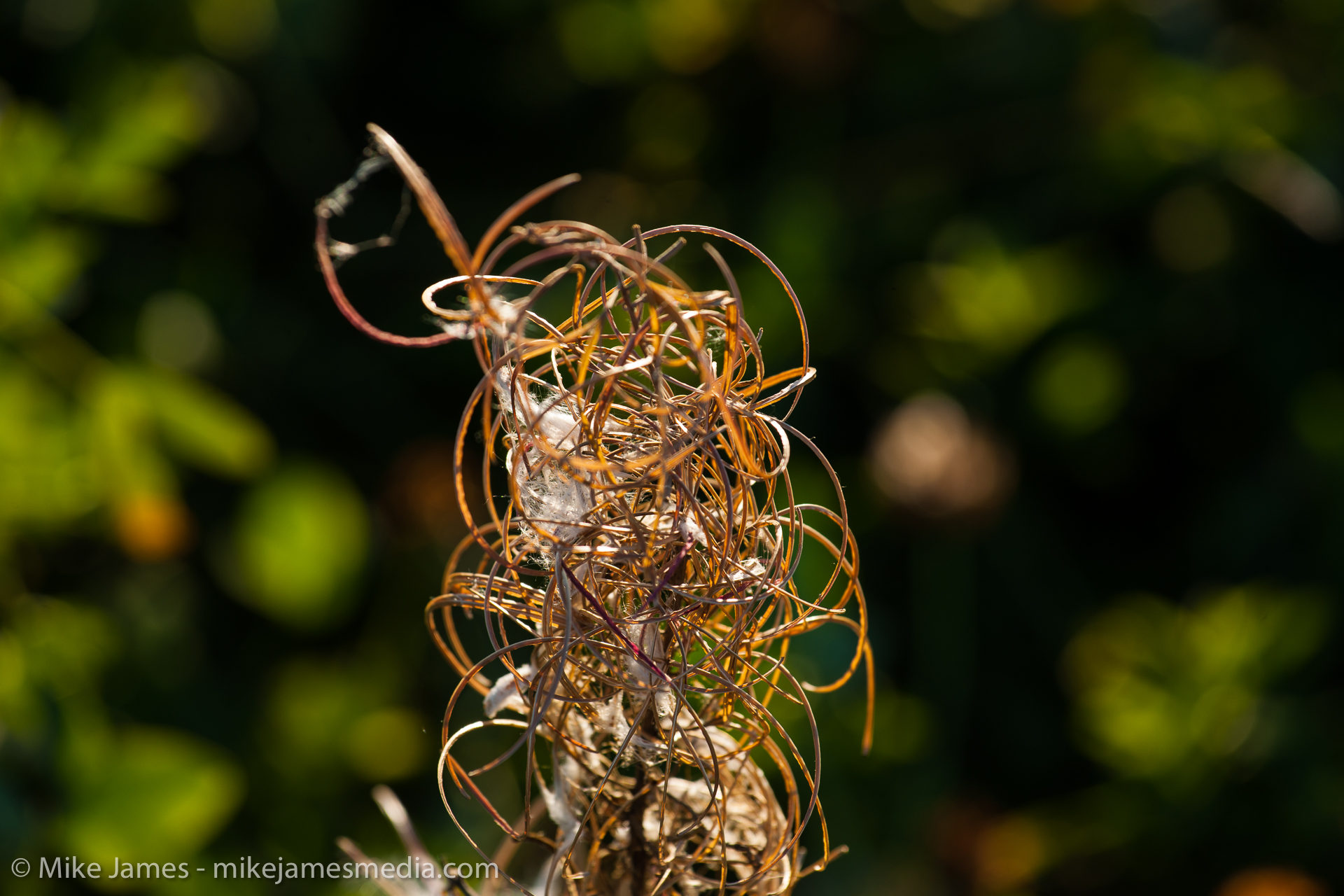
Above - ISO 100, 70-200mm f/4 (VR) lens at 200mm, 1/200th at f/8
Above - Another beautiful shot with no noise whatsoever.
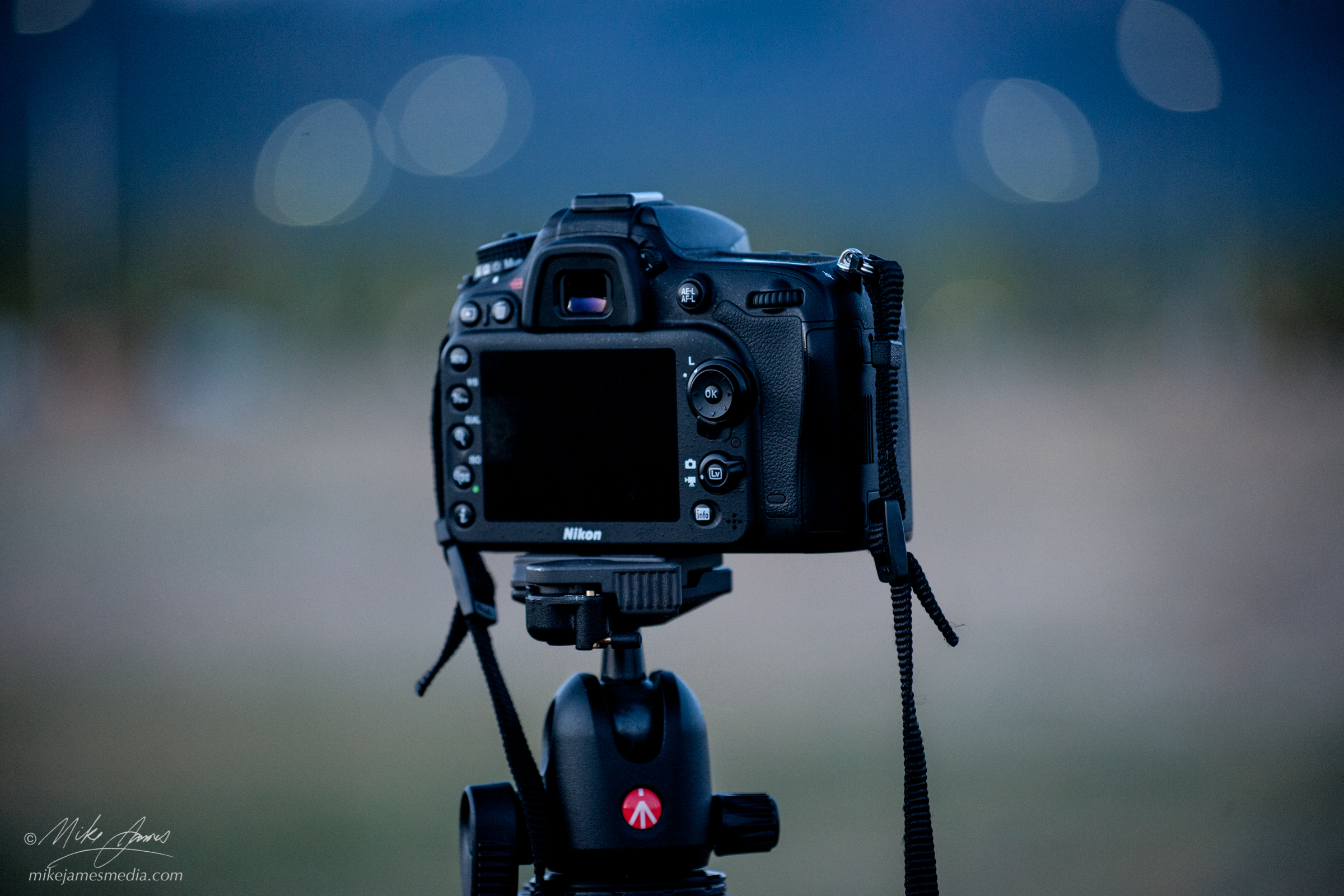
Above - ISO 1600, 70-200mm f/4 (VR) lens at 145mm, 1/100th at f/4
Above - Another beautiful shot (of my D7100) with almost no noise.
The D3X gave me everything I wanted from a full-frame camera, including the natural perspective of my full-frame lenses, in a fast-focusing, completely bomb-proof enclosure. Did I, or do I want a D810? Yes, I do. But for this price, the value was simply too good to pass up, and I don’t regret the choice even a tiny bit.
Coincidence paid for another upgrade.
I used the D3X for six months, and shot a little over 3000 shots with it. It was a wonderful experience owning one of the pro Nikon bodies, and it produces excellent images, as you can see above. Still, there was this little voice inside my head that kept saying "Don't give up on the D810".
I decided to see what the D3X would be worth, in a trade-in, and got a quote from my favorite camera gear company. Because it's real retail value was higher than their estimate, I put an ad on craiglist, offering it for a few hundred dollars more. Within two days, it was sold, to someone who wanted it badly. Coincidentally, a super deal on a D810 and the MB-D12 battery grip, popped up on one of my favorite camera gear sites, and so by just adding a few hundred dollars, I was able to grab it. This D810 was in "Mint" condition, with only 200 shutter clicks. This camera is one I'd been coveting for over a year, so it's a real pleasure to finally own one. I got it in December, 2016.
The MB-D12 battery grip provides some advantages on the D810. First, it adds a little more weight, which is a good thing, on a 36-megapixel camera, because it adds stability. Second, it provides extra battery power, if you need it. And finally, with the right kind of batteries, it increases the burst rate from 5 frames per second to 6 frames per second. (7, in DX crop mode) I rarely need this capability, but it's nice to have it available.
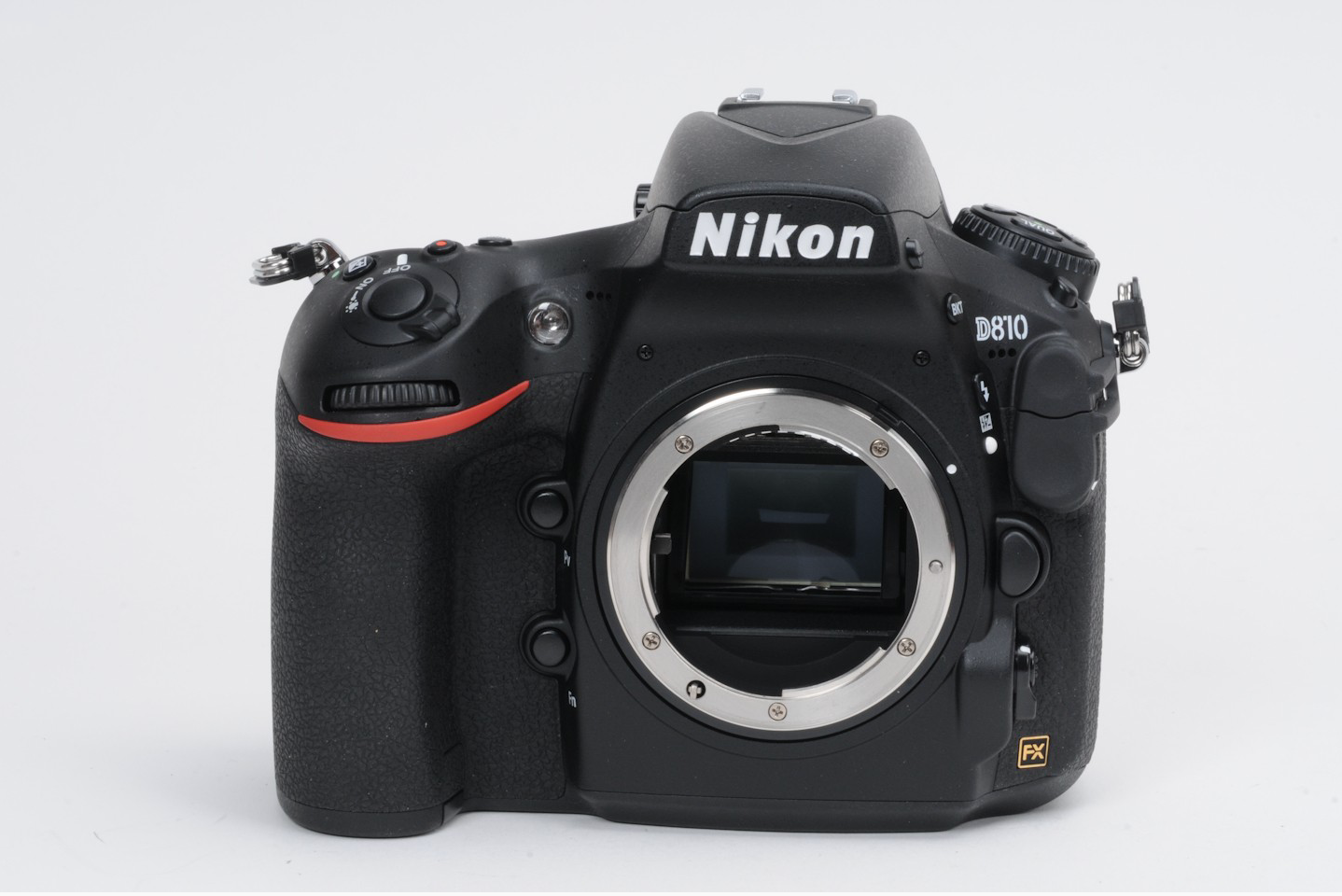
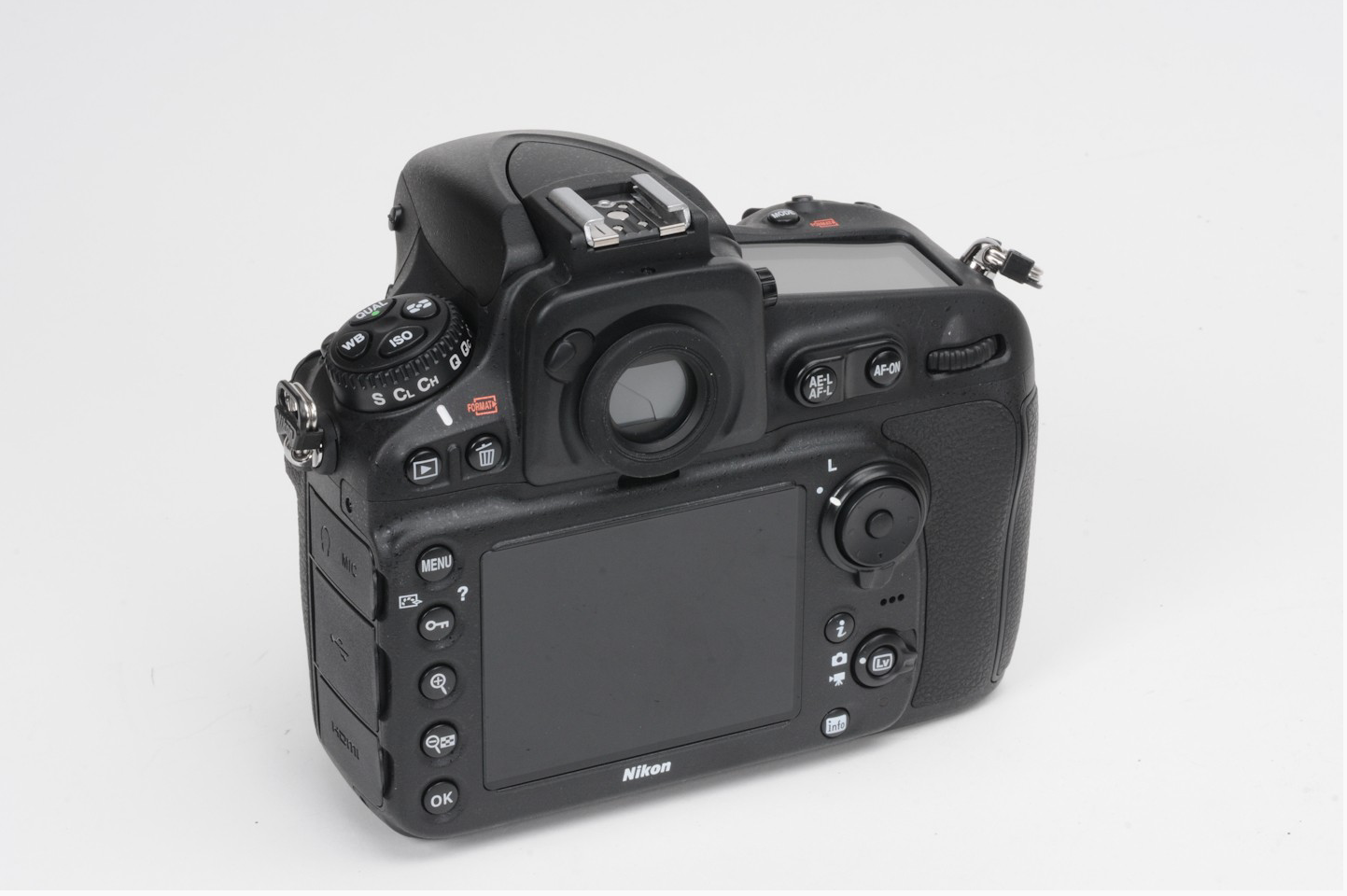
Below are a dozen of my earliest shots with the D810, which is giving me what I was looking for, in a variety of circumstances. Nice!
Click on any image for the large version, and use your arrow keys to go forward and back.
The takeaway from this discussion is simply that while modern cameras do keep improving, it’s not like this year’s model is “10 times better” (or even “twice as good”) as cameras made a few years ago. Spec sheets, charts, and graphs don’t tell the whole story, so take advantage of great deals available on used equipment, and enjoy photography for much less money, without sacrificing quality.
Another important point that we all recognize, when looking at others' photos, is that a true artist with a great eye for imaging can create spectacular shots with very simple equipment. Do your best, with what you have, rather than always shopping for the latest thing.
- Mike James
Click the "35mm film" or "Current photography" link below, to see my galleries.











